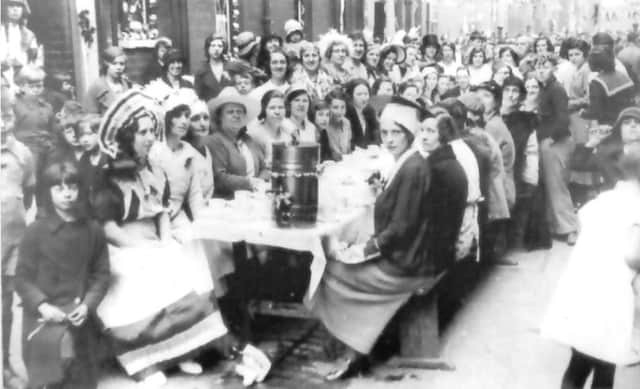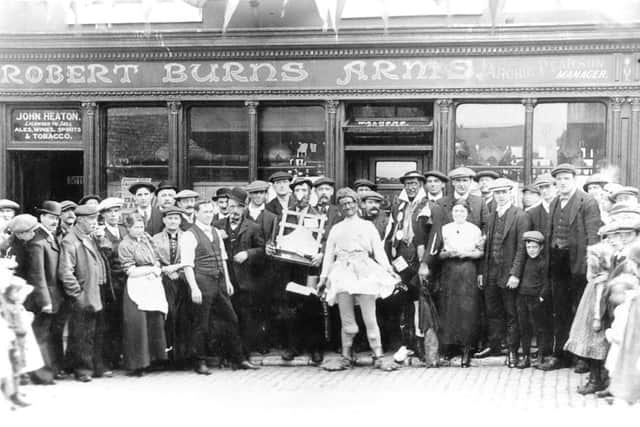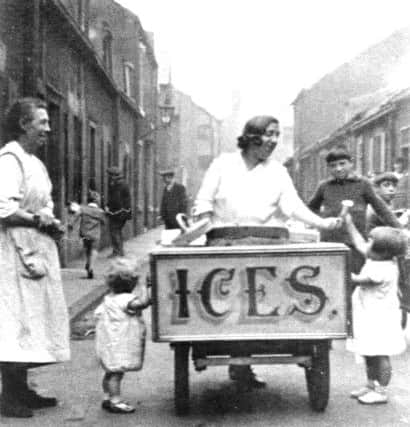Sunderland woman shares memoirs of city in early 20th century


Here are her recollections.
I was born in the East End of Sunderland in 1928.


One of my earliest memories is standing tiptoe to reach the heavy oak counter inside my parents’ ice cream parlour when I was four.
The parlour stood on the corner of Burleigh Street. My grandfather Francesco Paula Ciarella and my grandmother Maria Willamena Ciarella came from Sora in Italy in the 1870s and settled in Glasgow.
They moved to Burleigh Street in Sunderland in 1908.
Advertisement
Hide AdAdvertisement
Hide AdMy aunt, Philomena Valenti, had an ice cream business on the opposite side of the Town Moor.


Further along stood Maffen’s Italian Warehouse, where you bought pastas, conserves and everything needed for a slap-up Italian meal.
Grandfather Francesco died in 1923 and my father took over the business which ran until 1935.
The shop was separated from the living quarters by a heavy beaded curtain.
Advertisement
Hide AdAdvertisement
Hide AdI was often awoken by the heady aroma of custard. I never left the house on a morning without having eaten a bowl of hot custard.


Children often bought brown paper bags of broken wafers from dad for a halfpenny. He had a good trade from the dock workers each day for packets of woodbines, clay pipes, plug tobacco and chewing baccy.
For a penny, you could have a steaming mug of Bovril or Horlicks or a long-stemmed glass full with ice cream covered with monkey’s blood and crushed chocolate.
In the middle of Burleigh Street, you could buy anything from Ganny Butler’s grocery shop – a halfpenny worth of jam to a couple slices of polony, three halfpence of bacon bones or pieces to make broth.
Advertisement
Hide AdAdvertisement
Hide AdGanny Butler had a winning smile, unless you were behind with your tick bill.


My aunt Alice Denoven made her own ginger beer and if you took your own bottle to her you got it cheaper.
East End parties were wonderful events.
Everyone tried to outdo their neighbour in decorating their houses hoping to win one of the prizes which ranged from five shillings to three pounds.
I met my future husband, Peter Murray, at St Patrick’s School.
Advertisement
Hide AdAdvertisement
Hide AdHis father and grandfather were sellers of most commodities including fruit, plants, tatties and fish.
My husband’s grandmother lived in Water Street.
I recall the first time he took me to meet her.
I walked up a dark stairway not knowing what to expect. After knocking on the door and being told to enter, I encountered grandmother sitting in an old rocking chair in front of a roaring coal fire.
She had one eye and was wearing a pair of men’s black boots, a coarse apron and was smoking an old clay pipe.
My uncle Giles was a rat catcher and lived in the Barracks.
Advertisement
Hide AdAdvertisement
Hide AdHe always wore a long black topcoat with epaulettes on the shoulders and was rarely seen without his checked cap on.
Caps then were worn by both men and boys as if they were part of their body armour.”